Plant-Derived Influenza Vaccine Effective, Safe in Adults
By Alexa Josaphouitch, /alert Contributor
December 16, 2020
Two recent phase 3 studies showed that a plant-derived quadrivalent, virus-like particle influenza vaccine can provide substantial protection against respiratory illness and influenza-like illness in adults.
“To the best of our knowledge, these studies and the clinical development programme that preceded them are the largest demonstration to date of the potential for a plant-based platform to produce a human vaccine that can be safe, immunogenic, and effective,” Nathalie Landry, Medicago, Quebec, Canada, and her colleagues wrote in The Lancet.
Both studies were randomized, observer-blind, multinational studies. One study focused on 18-64 year olds during the 2017-18 influenza season. The inclusion criteria was body-mass index less than 40 kg/m² and good health. Participants were randomly assigned (1:1) to receive either the quadrivalent virus-like particle (QVLP) vaccine or placebo. The primary outcome was absolute vaccine efficacy to prevent laboratory-confirmed, respiratory illness caused by antigenically matched influenza strains.
The second study focused on 65 years and older patients during the 2018-19 influenza season. Inclusion criteria was body-mass index of maximum 35 kg/m², not living in a rehabilitation center or care home, and no acute or evolving medical problems. Participants were randomly assigned (1:1) to receive QVLP vaccine or quadrivalent inactivated vaccine. The primary outcome was relative vaccine efficacy to prevent laboratory-confirmed influenza-like illness caused by any influenza strain.
In the 18-64 year old study, 10,160 participants were randomly assigned to receive either QVLP vaccine (5077 participants) or placebo (5083 participants). In the per-protocol analysis (n=4814 in the QVLP group and n=4812 in the placebo group), the absolute vaccine efficacy was 35.1% for prevention of respiratory illness caused by vaccine-matched strains (95% CI 17.9–48.7). Ultimately this was short of the study’s success criterion of 70% absolute vaccine efficacy.
The absolute vaccine efficacy to prevent respiratory illness caused by any strain was 38.8% and for influenza-like illness caused by any strain it was 38.0%. The efficacy rate was not significantly different in the younger cohort of 18-49 years old versus the older cohort of 50-64 years old. The QVLP vaccine maintained its efficacy up to 180 days after vaccination with no significant difference in efficacy, despite continued active viral transmission for 19 weeks.
In the 65-plus study, 12,794 participants were randomly assigned to receive either the QVLP vaccine (6,396 participants) or QIV (6,398 participants). In the per-protocol analysis (n=5996 in the QVLP group and n=6026 in the QIV group), the relative vaccine efficacy for the prevention of influenza-like illness caused by any virus strain was 8.8% (-16.7 to 28.7).
For the prevention of respiratory illness caused by any virus, relative vaccine efficacy was 10.9% (-10.8 to 28.4). For patients aged 75 years or older, the QVLP-induced protection against illness caused by any influenza strain was higher, with a relative vaccine efficacy of 38.3% for influenza-like illness (-5.2 to 63.9; p=0.102) and 33.4% for respiratory illness (-3.3 to 57.1; p=0.241).
The rate of serious adverse events for the 18-64 years old study was similar at 1.1% in the QVLP group versus 1.0% in the placebo group. Four and six participants had severe treatment-related treatment-emergent AEs, respectively. The rate of serious AEs was higher in the 65-plus study but alike between the two groups. In the QVLP group, 4.1% of patients had serious AEs vs 4.2% in the QIV group. Three participants had severe treatment-related treatment-emergent AEs.
Landry and her colleagues believe that these results are encouraging but the full extent “... to which the potential advantages of the plant-derived, virus-like particle vaccines can be realized would only become apparent with broader use over several seasons once the vaccine is approved for human use.”

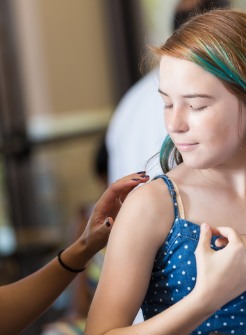
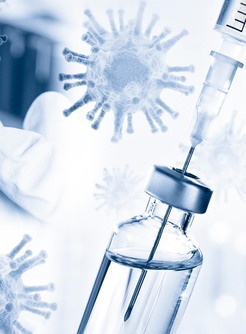
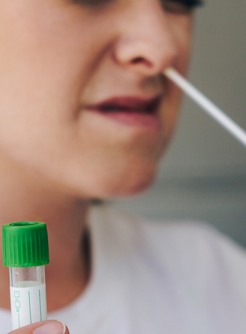
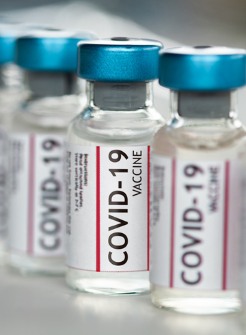

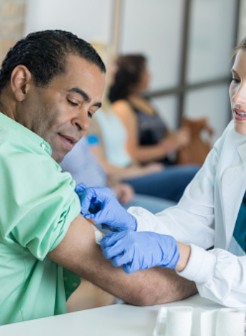
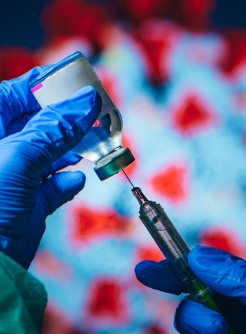
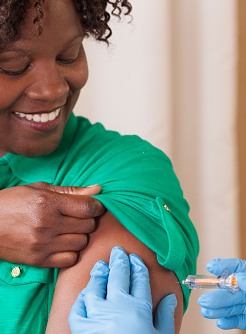
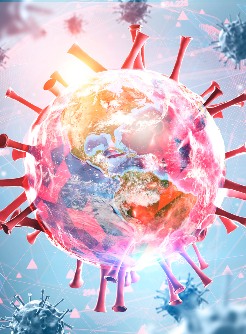
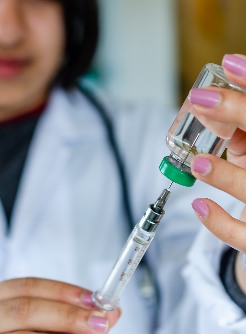
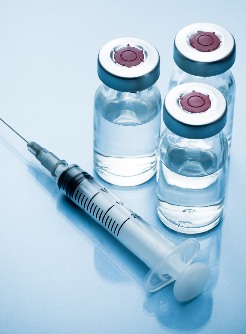




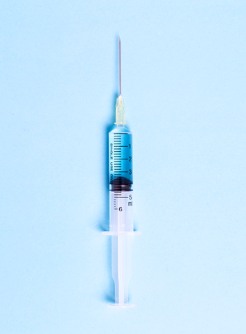
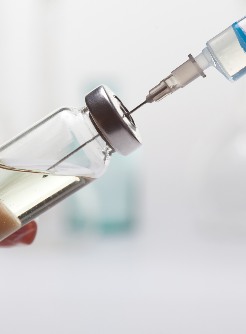




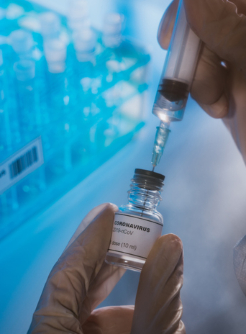
.jpg)
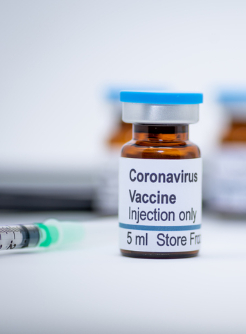

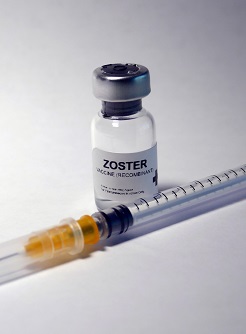

.jpg)
.jpg)
.jpg)